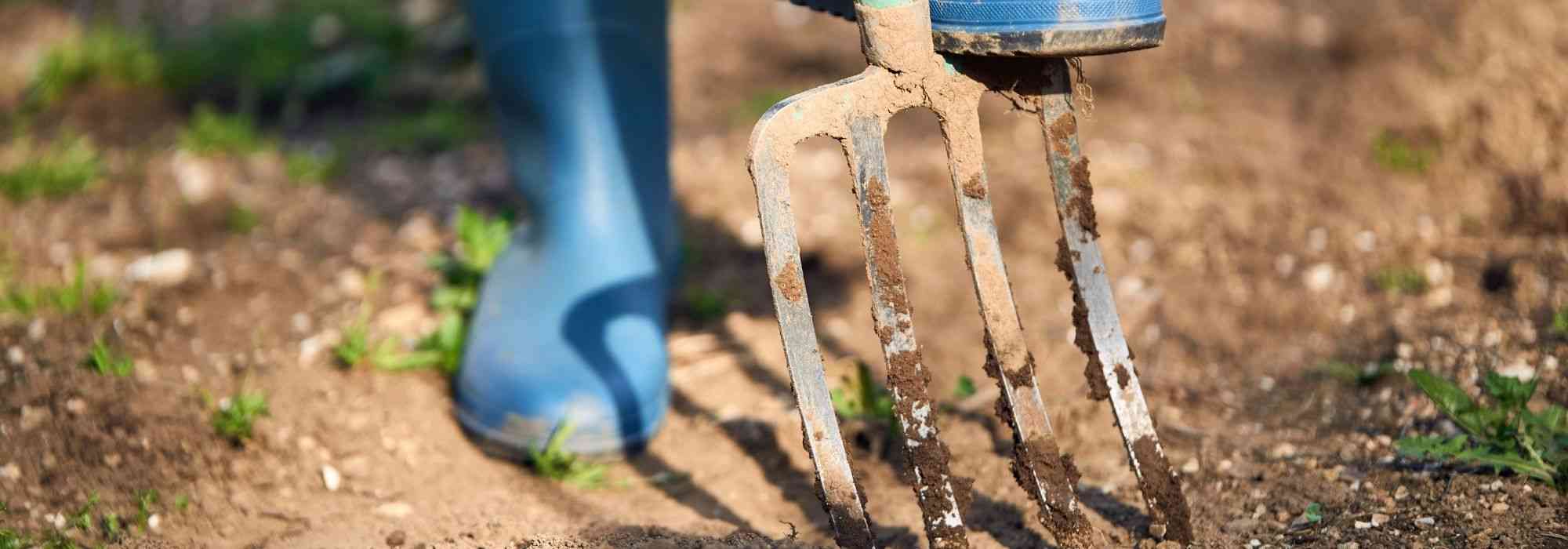
How to spade a garden soil that is too hard?
Tips for effective spading
Contents
Before planting, it is essential to have well-prepared ground suitable for cultivation. However, soil can sometimes be hard and difficult to work, especially when earth is clayey, dry and a crust has formed due to lack of water and humus. Trampling, vehicle traffic or land left fallow for many years can also cause soil to become too hard.
To have living soil, it is essential that soil be aerated and oxygenated. Moreover, loosened soil allows water to penetrate the soil and thus prevents surface runoff. As a result, plants will be well hydrated. Preparing the ground is therefore an important step for successful development of future plantings, but spading hard soil is also exhausting work and can lead to injuries and back pain. Here are our tips for gardening heavy soil effectively.
When is the best time to do it?
When soil is often hard and difficult to work, we recommend digging in late autumn or early spring, outside periods of frost that make soil hard and compact and outside periods of heavy rain when soils are waterlogged and too muddy. Moreover, during winter, frost will partly help to crumble soil by causing clods to burst.
Which tools to use?
Invest in good-quality tools with a sturdy handle and suited to your height. Indeed, these tools will serve you year after year. If used under good conditions and maintained regularly, they will last a lifetime. Depending on the method chosen, you will need:
- a digging fork, its tines penetrate the soil easily and it turns the soil without damaging it,
- a pickaxe (digging or road-maintenance type) if your ground is stony,
- a eco-friendly fork, often called a Grelinette; it loosens soil without turning it and preserves soil life, with the advantage of being less tiring than using a spade,
- a hand cultivator, also called a claw, to break up clods,
- a rake.
Bear in mind eco-friendly forks can have 3 to 5 tines depending on their use:
- 3 tines, the lightest, therefore suitable for heavy soils and for small vegetable beds,
- 4 tines, suited to clay soils and recommended for women because of its reasonable weight,
- and 5 tines, to use for large areas to work; however, it is heavier.
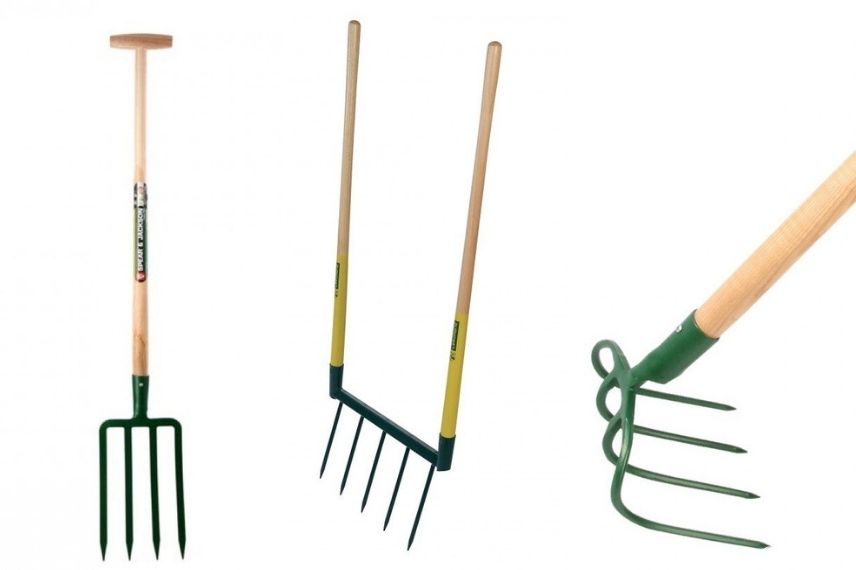
From left to right: digging fork, eco-friendly fork and hand cultivator
Discover other Spades, shovels, and forks
View all →Available in 1 sizes
Available in 1 sizes
Available in 1 sizes
Available in 1 sizes
Available in 1 sizes
How should I proceed?
Before digging over, some preparations are necessary:
- for gardeners in no hurry, soil can be amended in autumn with manure or compost which will decompose over winter and create humus essential to development of soil fauna that will do some of the work for you. In spring, soil will then be more pliable to start digging;
- mow herb short if ground is grassy;
- if no rain has fallen in the 48 hours before digging, water soil several times so water soaks in gradually and softens soil. If necessary, use a crowbar to make evenly spaced holes in soil. Be careful, soil must not become muddy;
- plan positions of paths to move between plantings.
Using a digging fork
- on the day, amend soil if this has not yet been done
- take a digging fork, also called a border fork
- to avoid treading on your work, dig soil while working backwards
- always keep back straight
- push tool vertically with foot into top layer of soil, about 20 cm deep
- lift turf and turn it over using thigh as lever
- break up turf
- step back one pace and repeat
- use a garden fork tine rake to break remaining clods
- finally, level soil with rake.
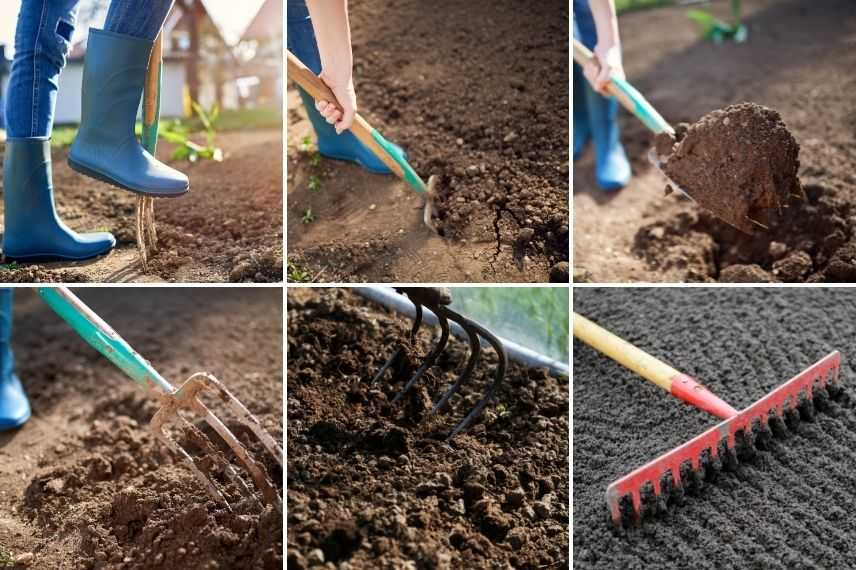
Using an ecological fork or grelinette
Use is identical to that of digging fork with one difference: this fork or grelinette does not turn soil. In practice, simply push tool into soil and pull handles towards you; tool will lift and aerate soil.
Soil is now ready for cultivation, do not wait too long to sow or plant, soil may compact again and another digging will be necessary! Once planting is finished, cover bases of your plants with a thick mulch to retain coolness and prevent soil drying out too quickly in summer and becoming hard again.
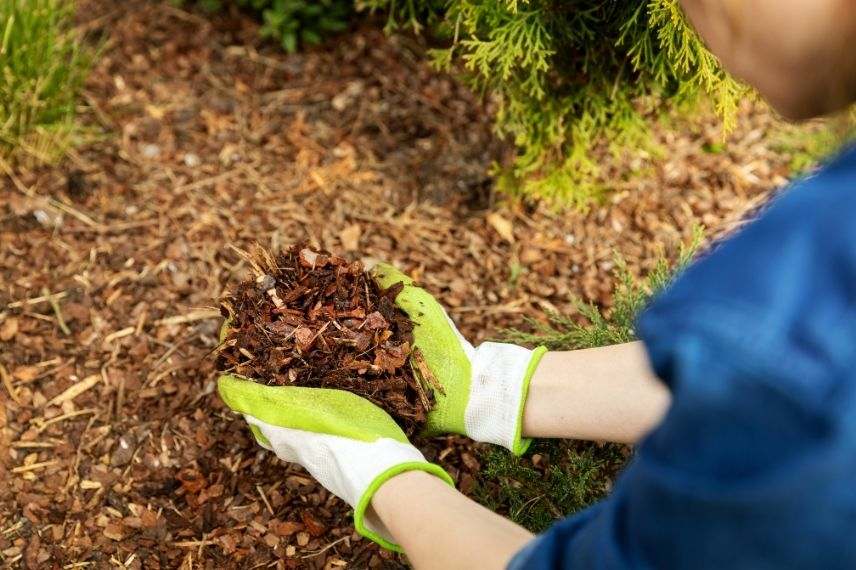
Read also
Green manures: why, how?Alternative methods
Other methods exist to loosen overly compacted soil:
- sow green fertilisers in autumn or spring, such as mustard, phacelia, alfalfa, clovers, rye or vetch, which aerate the soil through the action of their roots and provide food for soil fauna;
- using a rotavator or cultivator: not very eco-friendly, can be costly; moreover, soil may be turned over too deeply and thus cause degradation of soil life;
- permaculture gardeners avoid the problem of overly compacted soil by creating mounded beds.
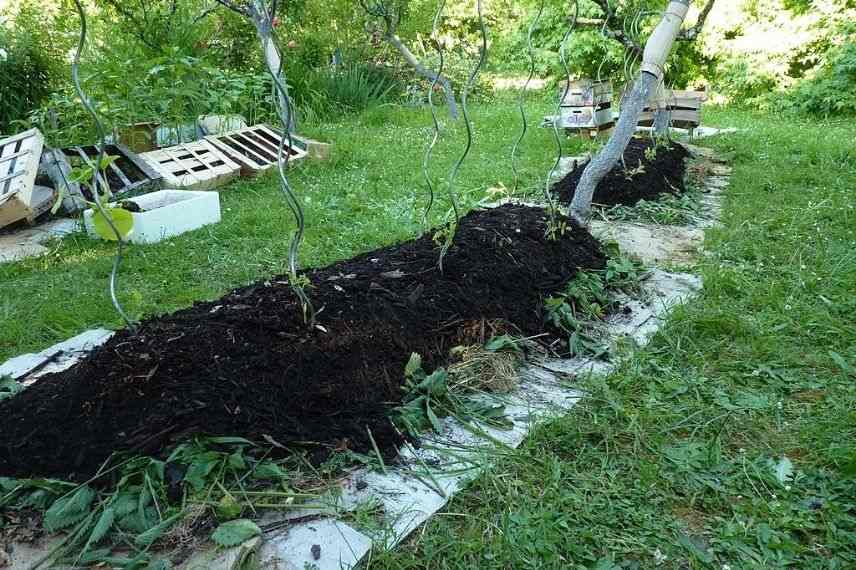
Above-ground mounded bed (Photo Natureln)
To learn more
- To help you choose your spade, consult our article Spade, mattock, spading fork: which to choose for my garden?
- Discover our article Green manures: everything you need to know!
- All you need to know about straw-bale gardening
- Subscribe!
- Contents
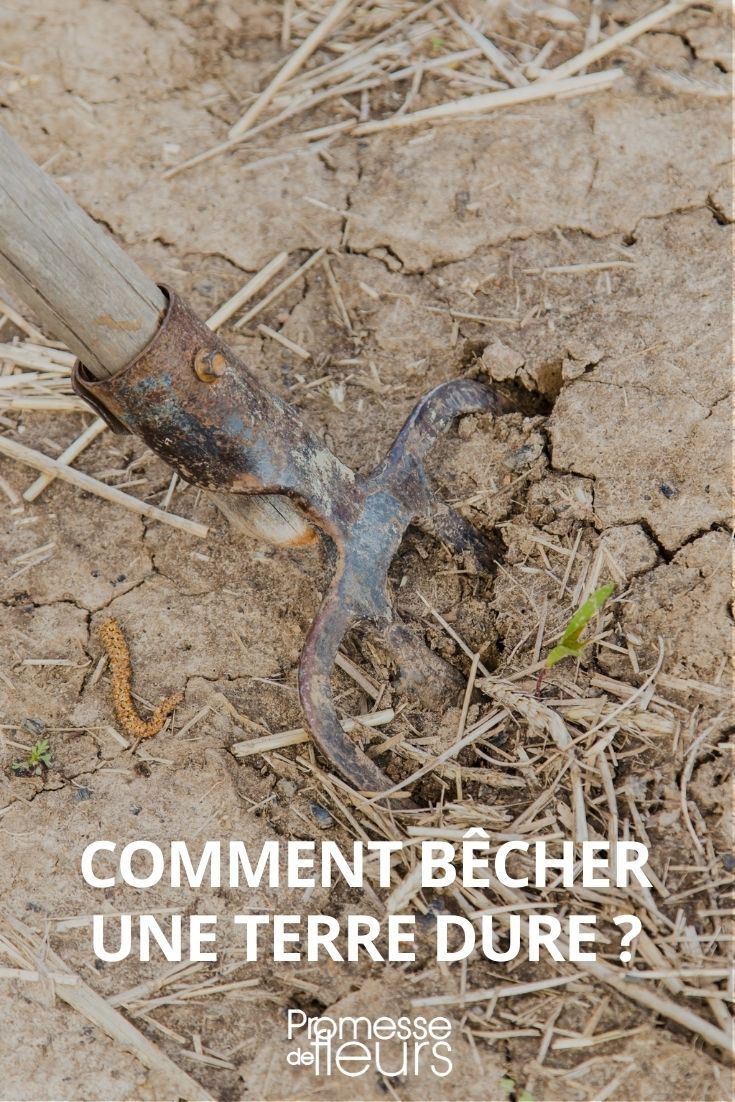































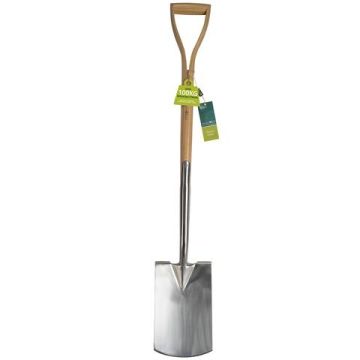
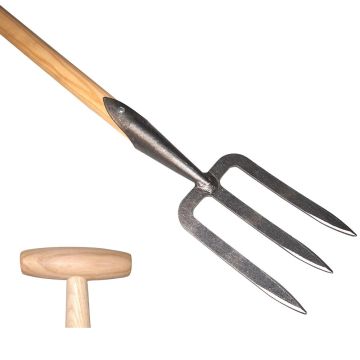
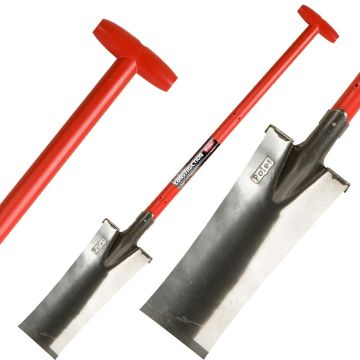
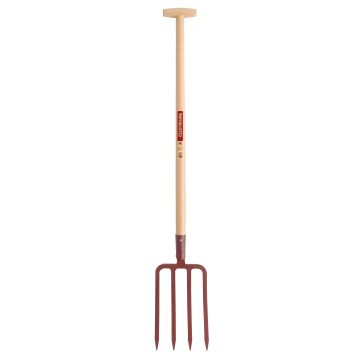
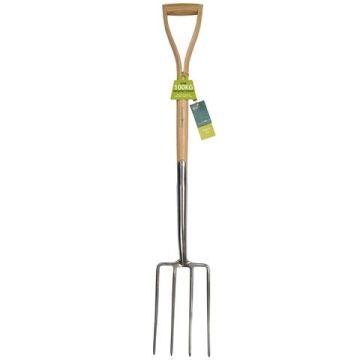
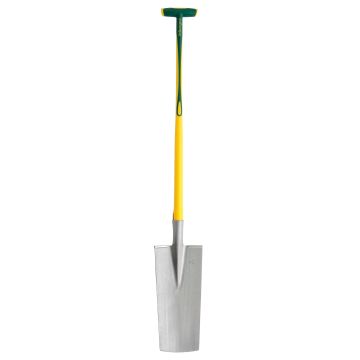
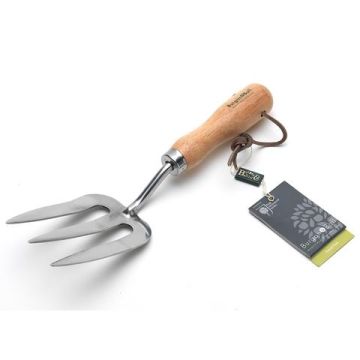
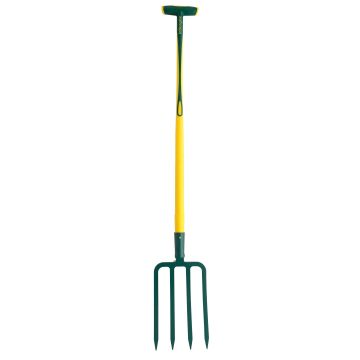
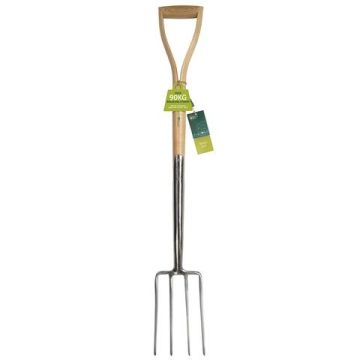
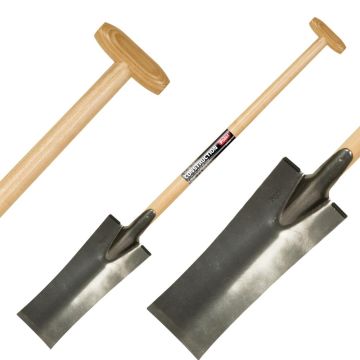
Comments